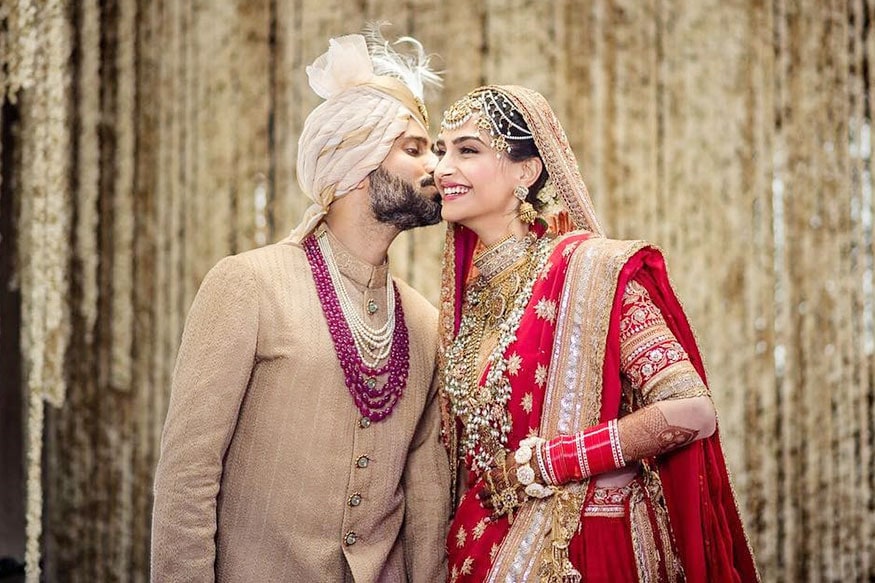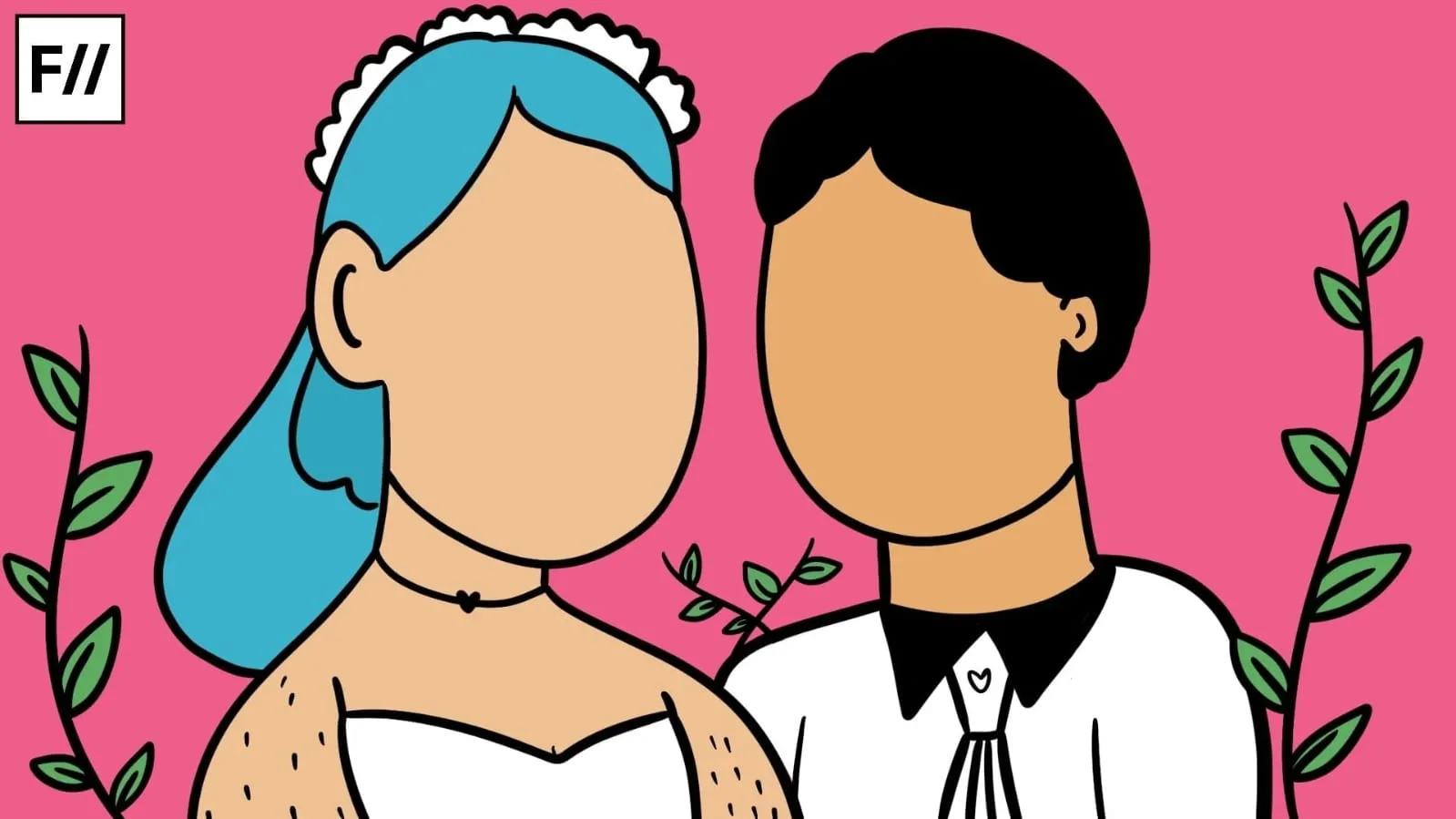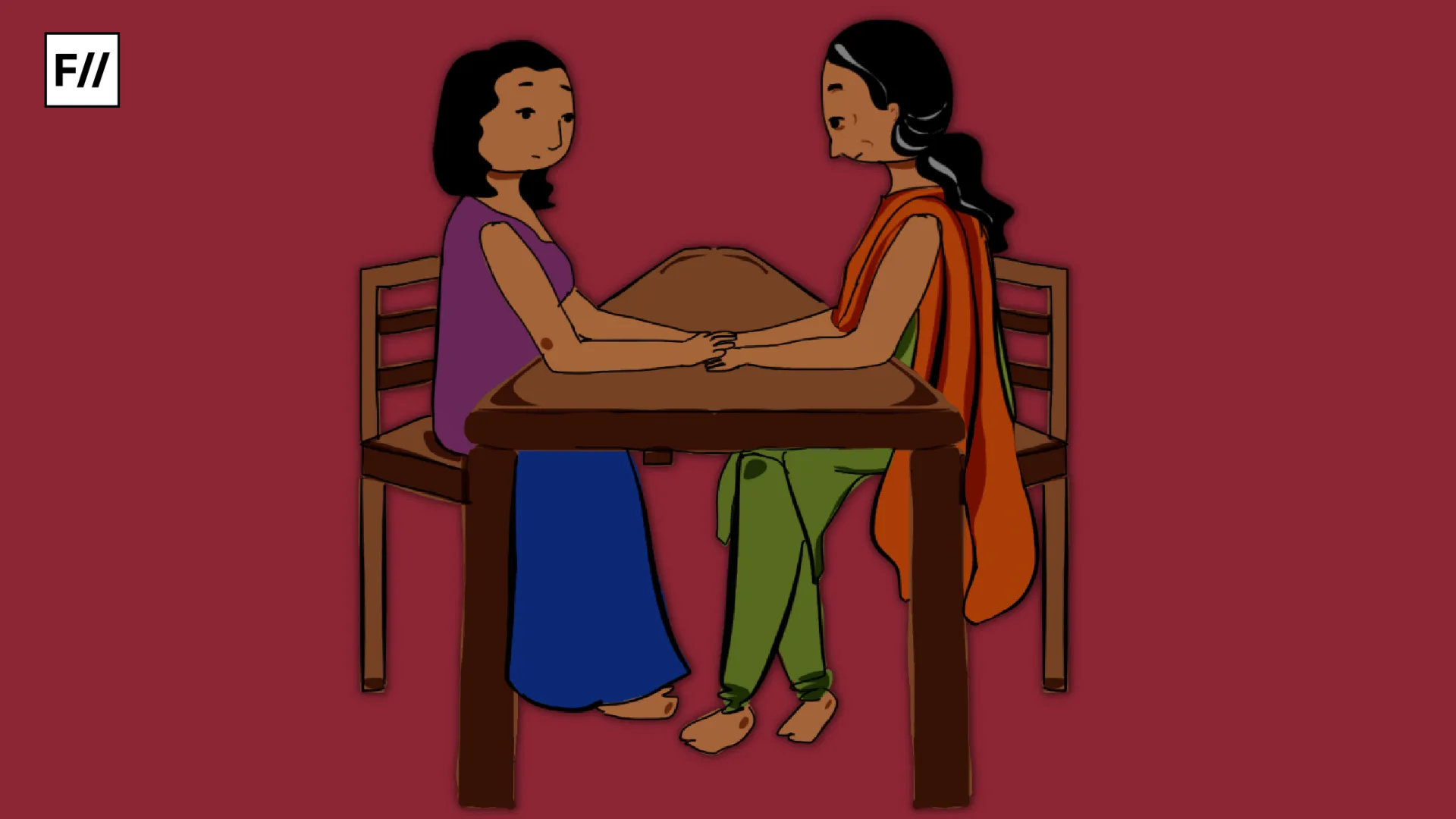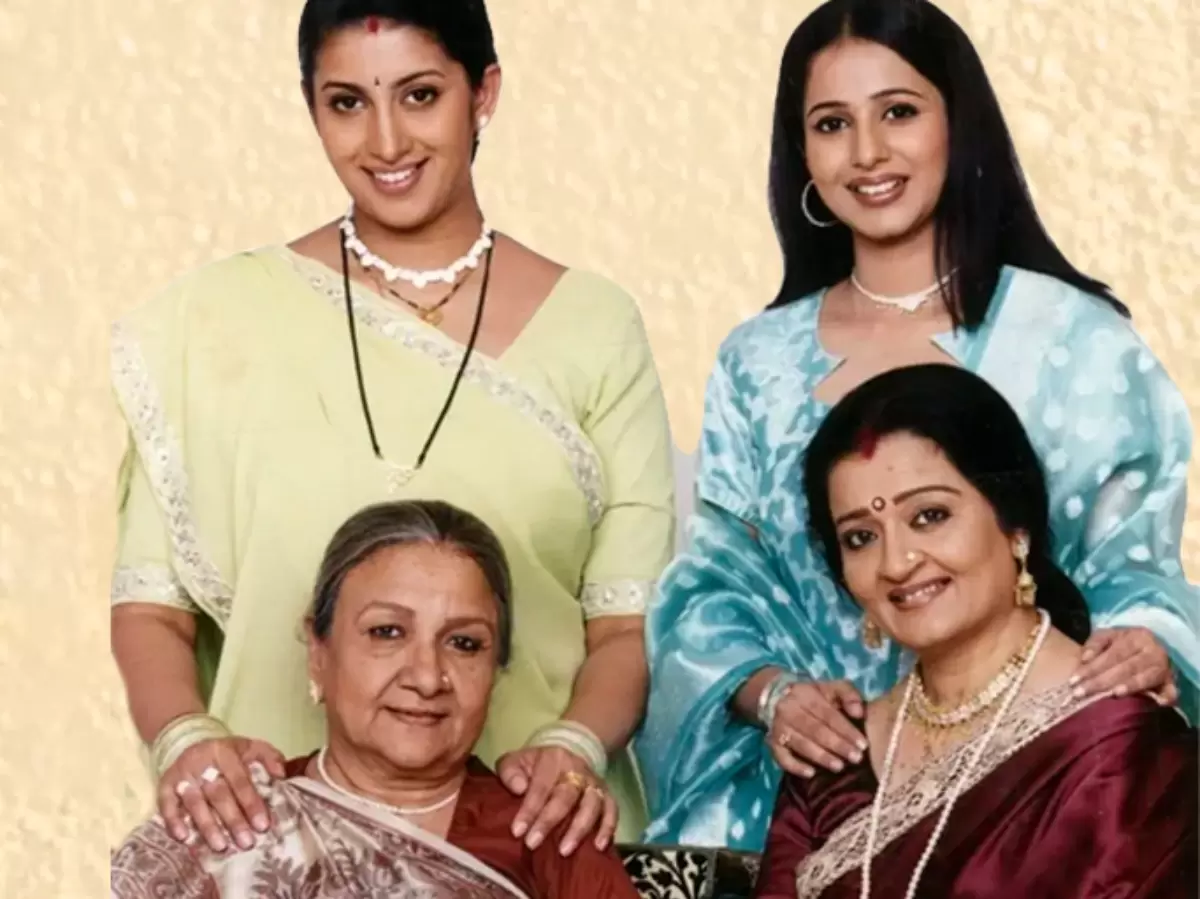Towards the end of a three-day workshop on personality enhancement I was attending once, a young lady stood up and asked the facilitator a question. She felt angry, she said, when she had to iron and fold her husband’s clothes. She wanted her husband to do his own chores. She wondered why she felt that way and if the facilitator could help her work out this anger. The facilitator – a man – asked her to put aside her ego and consider the idea that to maintain a loving relationship, one has to selflessly do things for the other person.
Ask not what your husband can do for you, instead… You get the drift.
Back then in that workshop room, I did not have the vocabulary to articulate what was wrong with the facilitator’s response. Some inward journeys that demand introspection and self-awareness often skip the chapter on historical oppression, completely missing the point that sometimes the solution isn’t about modifying your relationship with your ego. Instead, the answer rests in rejecting an exploitative social order that has been forced on you.
Also read: The Futile Quest For A Feminist Marriage In Today’s World
Simone De Beauvoir, in her landmark book, The Second Sex, wrote:
“Few tasks are more like the torture of Sisyphus than housework, with its endless repetition: the clean becomes soiled, the soiled is made clean, over and over, day after day. The housewife wears herself out marking time: she makes nothing, simply perpetuates the present … Eating, sleeping, cleaning – the years no longer rise up towards heaven, they lie spread out ahead, gray and identical. The battle against dust and dirt is never won.”
The genius of patriarchy is that it has glamorised domestic chores by embellishing it with attributes of love, nurture, and selflessness. A woman who loves her family and her home would not look at these tasks as labour, but as an expression of love and care. This endless labour of love, then, becomes the focus of her life.
Not many Indian films so far have depicted the thankless and endless task of being a good Indian wife as the Malayalam film, The Great Indian Kitchen (2021), directed by Jeo Baby. This Nimisha Sajayan and Suraj Venjaramood starrer is a stark watch, unravelling the reality of many a Indian marriage. It is the directness of the storytelling – the silences, except for the sounds from the kitchen, and the camera refusing to move away from how long it takes to wash dishes and clean floors – that makes it such an excellent, albeit uncomfortable, watch.
Several Hindi movies, too, over the years, have also questioned the man-women relationship and the unequal system of marriage.
All the way back in 2000, Mahesh Manjrekar’s Astitva (starring Tabu, Sachin Khedekar, Monish Behl) questioned the different standards of sexual propriety husband and wife are expected to adhere to. The following year, Rajkumar Santoshi’s film Lajja asked similar questions, with Madhuri Dixit acting out the famous agni pareeksha scene from Ramayana.
Years later, films like Queen, Lipstick Under My Burkha, English Vinglish and Thappad and many others have continued to ask these questions. Why are men like this? Why are marriages like this?
The only logical answer to why marriages are sexist and unfair is: because they are meant to be. Because marriage is the foundation on which patriarchy breeds and thrives.
And if that is the answer, then is it time to revise the question? Should we stop asking “Why marriages aren’t equal for men and women?” and ask “Can a marriage, at all, be equal for a man and woman?”
When actor Sonam Kapoor got married a few years ago, the Internet went into a frenzy. From her clothes, to her post-wedding henna-ed hands at Cannes, to her husband wearing sneakers to the wedding, everyone seemed to have a lot to say about this blessed knot. But interest in the couple intensified when she changed her name on Twitter to Sonam K. Ahuja.

This triggered debates about women changing their name after marriage. Sonam Kapoor, and other women, said it’s the woman’s choice. Just like when women “choose” to wear a mangalsutra, dress differently, move into their husband’s house, and/or give up a profession to become a homemaker after marriage.
The debate about choice and feminism is an old, and never-ending, one. The delightful part about feminism, indeed, is that it allows individuals various choices. Staunch feminists will usually agree that the fight for equal opportunity comes with the responsibility of not judging those who make a choice that you do not agree with or personally prescribe to. However, the understanding that almost all choices are coloured by years of socialisation and normalisation of patriarchy is an essential part of any feminist debate. Which is why it is true that when a woman changes her name after marriage – or chooses to be married at all – one should also question where the idea of doing so initially came from.
In a world where women are being told that we are free to make our own choices, as long as the choice is the one that we should make, where does the idea of ‘the feminist marriage’ even fall?
If go beyond scratching the surface, we are forced to ask some more uncomfortable questions. If the end goal of a feminist marriage is equality, then what purpose does marriage serve in the first place? In other words, does marriage add any value to those striving for equality?
If go beyond scratching the surface, we are forced to ask some more uncomfortable questions. If the end goal of a feminist marriage is equality, then what purpose does marriage serve in the first place? In other words, does marriage add any value to those striving for equality?
The answers – if one can be honest – are: None and no.
These answers can be further probed with another follow up question: What does a feminist marriage look like?
No, really… what does a feminist marriage really look like?
Having been married myself for over a decade in what could be considered a “feminist marriage”, I can say, it is one where both people are independent human beings, rather than an extension of each other, and those two people want to share a life together. In a feminist marriage, questions of who does the cooking and cleaning; who earns more (or any) money; who rears the children (if at all); who takes care of whom, how, and how much are all answers that are not determined by the gender of the two people involved; rather by other personal and practical ideals.
Does this mean a feminist marriage has to be between one man and one woman? Of course not. If a feminist marriage is at all a possibility, then by that logic it cannot be based on or limited to hetero-normative boundaries and/or standards.
This brings me to my next, and most important, question: If the people involved in a marriage are not bound by any of the original patriarchal rules of who, what, when, where, why, and how – then why be married at all?
Marriage, traditionally, is between a man and woman, where the two (and usually their families and sometimes their communities) agree to be committed to each other and provide each other social, financial, physical, emotional, and psychological support. A marriage is a stamp of social approval that validates a couple’s existence and their right to live life together as adults.
Unmarried people are tagged sad, lonely, abnormal, or dangerous, suggesting that not being married puts them outside the realm of natural human needs, desires, and behaviours. The irony, of course, is that human beings are the only species that marry and validate others who marry. Marriage, surely, is not natural, nor is it a requirement for survival, procreation, or evolution. In fact, we often forget that marriage is as man-made and synthetic as plastic, flyovers, and Coke.
Also read: This Is What My Feminist Marriage Looks Like
Marriage was deemed necessary in traditional society to procreate and so that the man could keep track of his progeny, in the process of which, the woman became man’s property. To seal that transaction, a husband provided the wife a roof over her head, money, and social security. The wife, in return, provided him and his family with heirs and care. As the world changed and women become less dependent on the financial and social security that came with marriage, some people began to opt for marriages based on love, mutual respect, and shared values. These parameters are highly desirable in any healthy relationship, but not necessarily prioritised in traditional marriages, where women bear the brunt of layers of inequalities. By that logic then, does one really need marriage to have a healthy relationship?
It is also true, however, that for those who have been denied marriage equality; being married is an act of rebellion. Some LGBTQI+ people want to be married precisely to exercise the right that has been denied to them for so long. Inter-caste and inter-faith marriages have always been an act of rebellion in India. More recently, in the context of the new (so-called) Love Jihad laws, marrying someone of another religion has become a political stance against a fascist state.
These social shifts only add another layer of scrutiny on what a feminist marriage can entail.
Striving for a just world with equal rights and opportunities for all should really be the only feminist pursuit. In that endeavor, we need to tirelessly question why those who bear the brunt of patriarchy the most continue to romanticise marriage, which has for centuries benefited one side over the other.
Striving for a just world with equal rights and opportunities for all should really be the only feminist pursuit. In that endeavor, we need to tirelessly question why those who bear the brunt of patriarchy the most continue to romanticise marriage, which has for centuries benefited one side over the other. It is no surprise that many films that address the inequality and unfairness of marriage end with the woman walking out of her marital home.
Baba Saheb Ambedkar said in the context of Gandhi trying to ensure Dalits continue to adhere to Hinduism, that, “A bitter thing cannot be made sweet. The taste of anything can be changed. But poison cannot be changed into nectar.”
Similarly, a truly feminist world lies in abandoning – not changing – patriarchal structures to shape other, more just and non-exploitative paradigms that are not based on hierarchies and exclusions.
Remya Sasindran is a feminist, a development communications professional, and a movie buff. In that order. She can be found on Twitter and Instagram.
Featured image source: Shreya Tingal/Feminism In India
About the author(s)
Remya Sasindran is a feminist, a development communications professional, and a movie buff. In that order.




